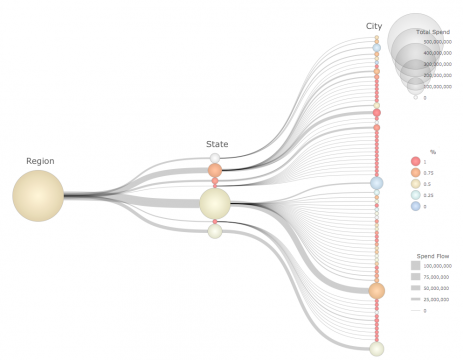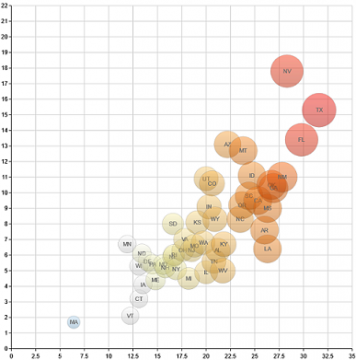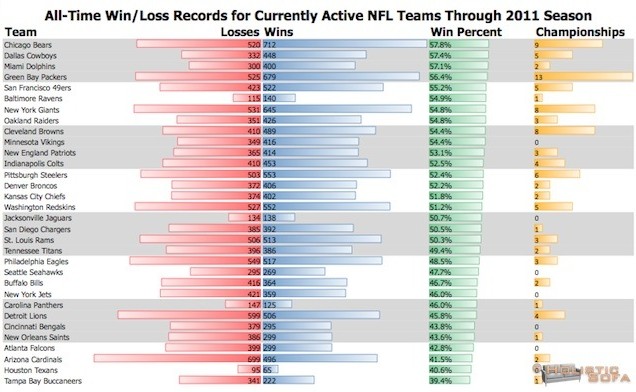I received my Lytro Light Field Camera back in March of this year. Unfortunately it arrived the day after I left for my vacation in Beijing, so I missed a great chance to put it through the paces in an exciting new (to me) environment. Since returning back from that vacation I’ve had a bit of time to play around with it and form some initial impressions. The announcement of this camera was met with a fair deal of skepticism from many corners of the traditional photography community. Certainly the specifications for this camera along the traditional metrics of ISO performance, megapixels, and frame rate is lacking. However I view owning this camera as potentially akin to being an initial purchaser of an original 128K Macintosh Computer back in 1984: it’s not clear yet if this is the start of a great revolution, but there is some prospect for that. Then again, there’s also the prospect that this is more like buying the much less successful Apple Lisa a couple of years earlier.
I had reduced expectations for this camera, at least as far as the conventional metrics go. I found that in good lighting conditions it was possible to get quite decent — if unexceptional — pictures with the Lytro. In my unlit studio I managed to capture this photo of my restless cat, which the Lytro auto-exposed at ISO 3200 1/60 (the camera has a fixed f/2.0 aperture). There were quite a few other blurry photos that didn’t make the cut from that session, however. One area where I was looking forward to improved performance was in the responsiveness for quick shot street-type photography. The post-exposure focusing feature of the Lytro offers the possibility of faster response times, as there is no need for slow contrast-detection autofocusing (that is used in traditional point and shoot cameras) prior to registering the image on the sensor. In this regard I got mixed results. It is true that the response time does not have the delay for focus of my Canon G12 in Auto Focus mode, however there does still seem to be more delay than I get with my DSLRs. Furthermore, it seems as if the shutter speeds chosen by the camera are slightly on the slow side for quick action photography which also makes it susceptible to showing camera shake when the shutter button is pressed. Perhaps with some more operator experience I will be able to work around this. Some form of Image Stabilization in a future version would also go a long way to making this a quick shooter.
Read on after the jump to find out why people are asking me if this camera can measure glucose levels, and what the future may hold for this technology.



